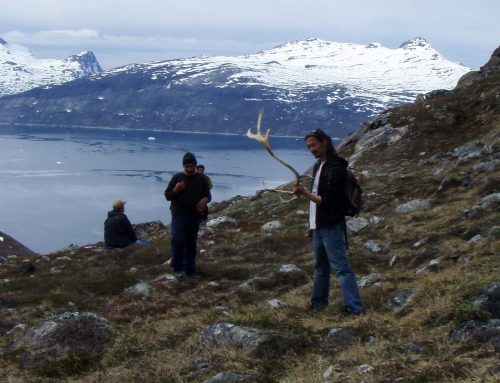During the last years ethical roundtable hosted by the NAG (National Association of Goldsmiths) and BJA (British Jewellers Association) we failed to fulfill all of our objectives. Gold and diamonds took up all our time and despite our best intentions we just ran out of time to discuss and look at the Gemstone sector. This was a real shame as gemstones remain a timeless beauty that enriches our industry as well as scandalizes us. They have always been the element within the industry that I love the best as they bring colour, versatility, dynamism and pure fun to the product.
The dark side however is still emerging, unlike their more prestigious cousins gold and diamonds, gemstones have not received the kind of ethical attention that they should have. The characteristics of the source of the gemstone supply chain are very different from those of other jewellery materials. The coloured gemstones industry is dominated by the artisanal small-scale miners with over 70% of the material used by jewellers coming from this source. As we have rehearsed many times over the years in this ethical jeweller column, the small-scale miner is driven by the politics of daily bread (poverty) to earn their living and as such are the most vulnerable to exploitation, human rights abuses, violence and corruption. Also the complexity of the supply chain means it is almost impossible to trace stones back to the mine or community of origin.
Researching the dominant issues in the gemstone industry one turns up a list of the most unsavoury practices and issues.
- child and indentured (slave) labour
- enforced removals of indigenous peoples from ancestral lands
- disreputable traders
- deforestation and desertification
- water pollution
- conflicts with agriculturalists
- extra judicial killings
- land grabs
- health and safety of mine shafts
- political corruption
- lack of transparency and traceability in the supply chain
Many of these issues I have witnessed first hand over the last 15 years.
Yet silently under the radar some of the most dynamic and entrepreneurial activity has begun to deliver a solution to some of the above issues.
Natures Geometry (http://naturesgeometry.com/home/) has been demonstrating that the mining of Brazilian Golden Rutile Quartz can not only deliver stunning gemstone, it can also provide safe employment, an increased agricultural yield, reforestation and other associated businesses.
Ruby Fair ( http://www.rubyfair.com/) has worked in Tanzania for over five years, with their integrated approach to community relations, environmental management, water management and fair prices, Ruby Fair has demonstrated that you can successfully work as a business, alongside local communities and create a virtuous circle of well-being. They offer Ruby, Tanzanite, Spinel and Sapphire.
Columbia Gemhouse (http://www.columbiagemhouse.com/) based in the USA has been pioneering direct relationships with gemstone miners since 1977. Offering a wide variety of gemstones to the market, including specials cuts. They have a fully audited cutting and polishing house and have been tireless in the commitment to championing the improvements needed with small-scale gem miners.
The Fairgems Process (http://www.fairgemsprocess.com/) is a recent initiative coming from France. they like all actors in our industry who espouse ethical concerns have developed a traceability system that gives mine to market transparency. The Fair Gems Process is currently being implemented in Sri Lanka and certifies the quality of coloured gemstones as well as the assurance that production meets sustainable development standards.
Erongo Gems (http://erongo.50megs.com/) is a project based in the Erongo region of Namibia. Working with community based small scale miners they are not only delivering good quality Beryl, Aquamarine, Tourmaline and Topaz rough to the market, they are investing training into teaching grading, cutting and polishing of local people to create a legacy for the people of Namibia.
These are just five businesses or projects that tick a number of crucial boxes when it comes to seeking out ethical supply chains for our jewellery. What is important about them all is that they offer transparency and traceability in their supply chains. Equally they all give a balance between the need for social transformation and environmental management. the beauty of these projects is they are also very relational, something that is very difficult to achieve with big companies. Small can be beautiful when it comes to gemstone mining if you blend the right ingredients together.
So for jewellers looking to improve their ethical performance, here are five initiatives worth exploring and building a relationship with. And do let us know how you get on. As we seek to develop quantitative ethical improvements in our industry sharing information and stories of good practice help us all. The ethics working group of the NAG and BJA want to hear from any jeweller who is taking steps in developing supply chains that are mine to market traceable in gemstones. We need to understand the challenges faced in traceable gemstones and also build up a picture of how these challenges can be over come.




Leave A Comment
You must be logged in to post a comment.